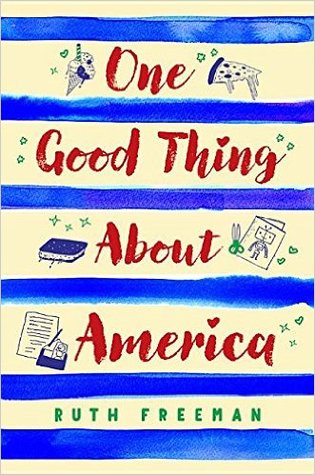National Ambassador For Young People's Literature, Gene Yang, is encouraging ALL readers to try Reading Without Walls: "I want every kid — every reader, really — to explore the world through books. Books have played a vital role in getting me outside of my comfort zone. I believe they can do the same for you." He encourages readers to try reading a book about a character who doesn't look like or live like you, or a book about a topic you don't know much about. You can also stretch into a format you don't usually read for fun.
Refugees of war-torn countries are often in the news these days, and sometimes sitting in our very own classrooms. How do we talk to our students about what's going on in our world with both accuracy and sensitivity? How do we help them understand the journey of their classmate? How do we help them imagine the unimaginable? How can we give them hope, even though the situation seems hopeless?
Stormy Seas: Stories of Young Boat Refugees
by Mary Beth Leatherdale
illustrated by Eleanor Shakespeare
Annick Press, 2017
This collection of stories of boat refugees gives historical context to today's news. A timeline in the beginning gives brief examples from around the world from 1670-1914, and another after the main text gives modern day (post-WWII) examples from 1939-2016. The main text tells five stories of escape -- stories that older readers (grades 6-12) could read independently, but that younger readers (grades 3-5) might need to read with an adult in order to process concepts such as anti-semitism, people smuggling/human traffickers, and the grim reality of detention centers. Each of these five stories ends with hope, telling about how each of the refugees has made a new life through hard work, education, or the passion of art (photography, filmmaking).
Where Will I Live?
by Rosemary McCarney
Second Story Press, 2017
review copy provided by the publisher
Even the youngest readers can experience empathy for refugees with this book of vivid photographs from around the world accompanied by simple text: "Sometimes scary things happen to good people. / When soldiers fight or danger comes / families must pack their things and search for a safe place to live." The question "Where will I live?" is the refrain all through the middle of the book, but it ends with hope, "I hope someone smiles and says "Welcome home." I hope that someone is you."
Come With Me
by Holly M. McGhee
illustrated by Pascal Lemaître
G.P. Putnam's Sons Books for Young, September 2017
The character in Holly McGhee's picture book could very well be the someone wished for in Where Will I Live? She sees all the scary news and is afraid, but her parents show her that the world can be healed with small acts of kindness. In just a few words, this book packs a powerful message that every person is able to and responsible for changing the world into a place of kindness and acceptance.
Hello Atlas
by Ben Handicott
illustrated by Kenard Pak
Wide Eyed Editions, 2016
What better way to get started on healing the world with kindness and acceptance than by being able to say HELLO! in many languages?!? One of the things I love best about this atlas is that the native/indigenous languages of each continent are represented predominantly (along with single examples of speakers of the common languages -- English, Spanish, etc.) This is a fabulous representation of the diversity of our world, but especially of our continent. A "window" for those of us who only speak the dominant language, this book shows that the native people in our country are not a thing of the past, but living (and speaking!) among us today. And what a powerful "mirror" for those who speak one of the original languages. Be sure you download the free app so you can actually hear the languages spoken!
Hello Atlas
by Ben Handicott
illustrated by Kenard Pak
Wide Eyed Editions, 2016
What better way to get started on healing the world with kindness and acceptance than by being able to say HELLO! in many languages?!? One of the things I love best about this atlas is that the native/indigenous languages of each continent are represented predominantly (along with single examples of speakers of the common languages -- English, Spanish, etc.) This is a fabulous representation of the diversity of our world, but especially of our continent. A "window" for those of us who only speak the dominant language, this book shows that the native people in our country are not a thing of the past, but living (and speaking!) among us today. And what a powerful "mirror" for those who speak one of the original languages. Be sure you download the free app so you can actually hear the languages spoken!








